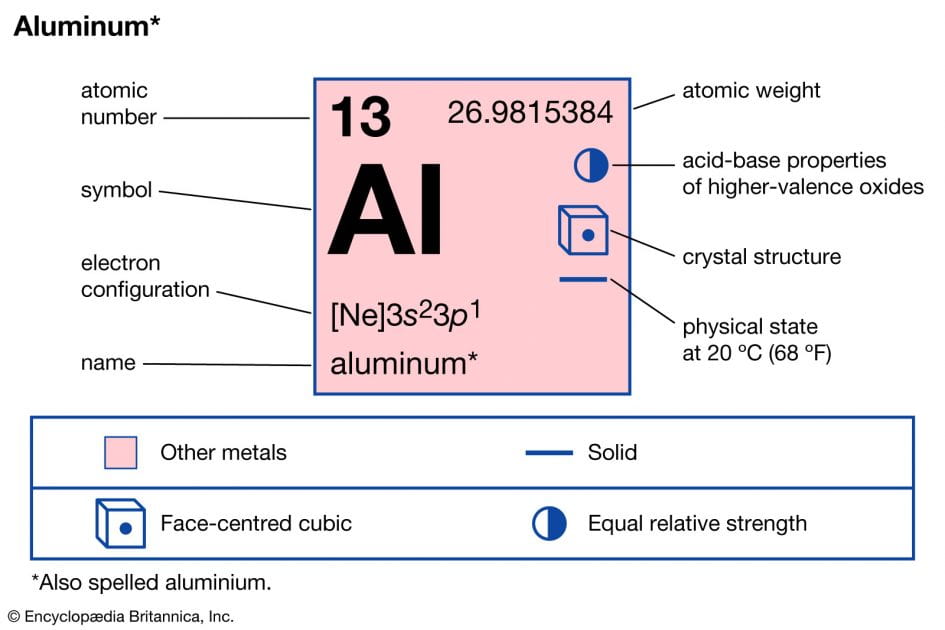This week we were tasked with designing and presenting a keynote that would inform our audience on how something changed and stayed the same from 1950 to 2020. I chose to focus on motocross for this presentation and it was a really good way to show how much population growth and war technology changed many industries. But one change particularly interested me, the change from steel to aluminum. Why didn’t they use aluminum before the second war even though its lighter and as strong as steel? So I did some research.
It was discovered all the way back in 1824 by Hans Christian, but this was just the pure element of aluminum not the different blends we use today. The first industrial production of aluminum began in 1856. This production aluminum was still extremely expensive compared to steel, and as people were familiar with steel not many people used it. It wasn’t until 1886 when aluminum began a lot more available to the public. The price for aluminum was still high though, so it was mostly used in small things like glasses frames, jewelry and optical instruments. When aluminum first started to be used for larger things was in the first and second world wars. Planes need to be light weight and strong, so aluminum was the first choice. Throughout this Time period, aluminum became cheaper and easier to work with, and in 1954, aluminum production surpassed copper and became the second most produced metal, only beaten by iron. The price from 1824 to 1960 went from 14$ a pound to 0.25$ a pound.
So after doing that research it’s clear to me why aluminum wasn’t used early despite being discovered all the way back in 1824. The change in price and better techniques learnt from the wars to use aluminum are what allowed it to become one of the most widely used metals on earth, also it was the metal used on the first satellite, Sputnik.




Leave a Reply